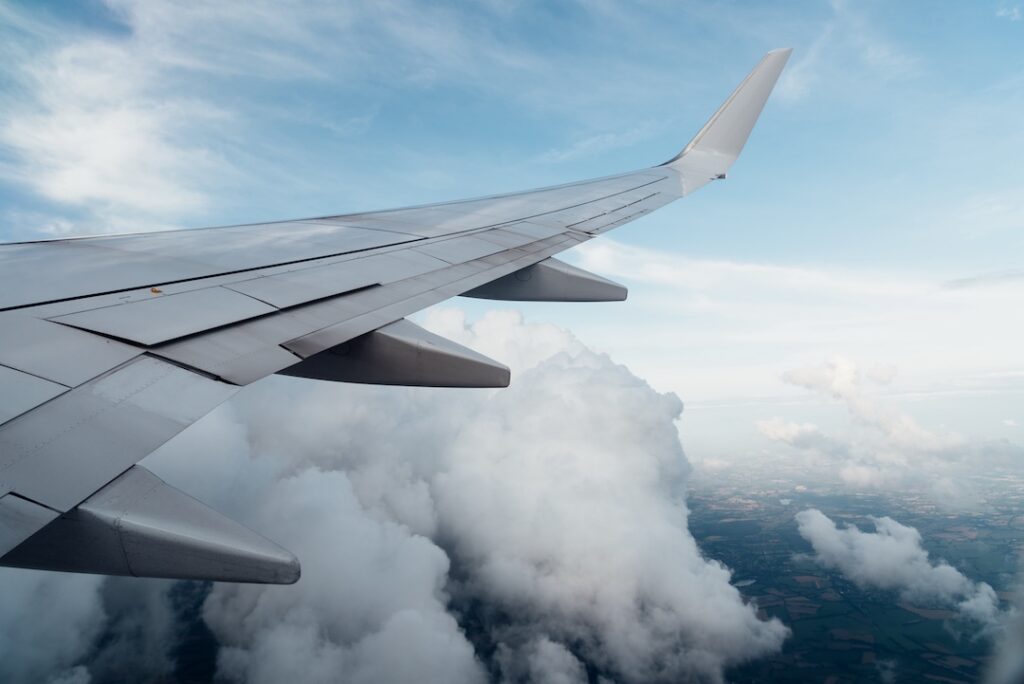The aviation industry has always been a hub of innovation, and as we approach 2025, the pace of technological advancement is accelerating like never before. From eco-friendly solutions to technological marvels, the skies are becoming a frontier for groundbreaking ideas. Whether you’re an aviation enthusiast, a tech professional, or an industry expert, these upcoming trends are set to transform the aviation landscape.
This guide explores the top 10 emerging trends in aviation technology for 2025 and dives into how they’re reshaping air travel’s safety, efficiency, and sustainability.
1. Electric Aviation
One of the most exciting movements in aviation is the rise of electric aircraft. Countries like Norway are leading the charge, with a goal to electrify all short-haul flights by 2025. Electric aircraft promise to significantly reduce carbon emissions—up to 50% on short-haul routes—while cutting noise pollution and lowering operating costs.
However, the industry still faces challenges such as battery weight and energy density limitations. Developing robust charging infrastructure at airports will be critical for realizing the potential of electric aviation.

Key Takeaway
Electric aviation is poised to revolutionize short-haul flights, paving the way for greener skies.
2. Autonomous Flight Systems
Self-flying planes and drones are no longer the stuff of science fiction. Companies like Xwing and Reliable Robotics are making significant strides in developing autonomous flight systems for cargo aircraft. These systems promise cost savings of up to 30% for airlines by reducing the need for multiple crew members and optimizing routes.
Despite the immense progress, there are hurdles. Regulatory approval, public perception of safety, and cybersecurity risks must all be addressed before autonomous systems become the norm.
Key Takeaway
Autonomous flight systems have the potential to transform the cargo sector and eventually passenger travel, once regulatory and safety concerns are fully resolved.
3. Artificial Intelligence (AI) in Aviation
AI is proving indispensable in optimizing aviation operations. Airlines such as Delta and Lufthansa are already using AI-driven predictive algorithms to reduce fuel consumption and minimize flight delays, with reports suggesting AI can reduce delays by up to 15%.
AI also plays a role in customer service. Chatbots and virtual assistants manage traveler inquiries, while advanced algorithms personalize travel experiences. Still, data privacy and algorithmic biases remain challenges for widespread adoption.
Key Takeaway
AI is enhancing the efficiency of aviation operations while improving customer experience.
4. Hypersonic Travel
Imagine flying at Mach 5—five times the speed of sound! Hypersonic travel could make that possible, significantly reducing travel times across the globe. Developments from SpaceX and Virgin Galactic are paving the way for commercial hypersonic flights, with test flights already underway.
However, challenges such as managing extreme heat, reducing noise pollution, and addressing the high costs of hypersonic technology remain on the table.
Key Takeaway
Hypersonic travel has the potential to redefine long-distance air travel, although cost and technical challenges must be tackled first.
5. Sustainable Aviation Fuels (SAF)
SAFs are gaining traction as the aviation industry aims to drastically reduce its carbon footprint. Companies like Neste and SkyNRG are leading the way by creating fuels from waste and sustainable feedstocks, reducing greenhouse gas emissions by up to 80%.
Scaling production and reducing costs to compete with conventional jet fuel are critical challenges that need to be addressed.
Key Takeaway
SAFs offer a practical, eco-friendly alternative to traditional jet fuel, making aviation more sustainable.
6. Advanced Air Mobility (AAM)
Urban air mobility is no longer a distant dream but an emerging reality. Pilots programs in cities like Los Angeles and Dallas are already testing AAM solutions from Joby Aviation and Archer Aviation. This technology includes electric vertical takeoff and landing (eVTOL) aircraft for urban transport.
However, implementing AAM on a large scale will require developing vertiports, addressing air traffic management, and resolving noise concerns.
Key Takeaway
Advanced Air Mobility holds promise for reducing road congestion and bringing seamless urban transportation to life.
7. Digital Twins
Digital twin technology is transforming how aircraft engines and systems are monitored and maintained. By creating virtual replicas, companies like GE Aviation can predict maintenance requirements and reduce aircraft downtime by as much as 25%.
The challenges here lie in ensuring data accuracy and securing sensitive information from cyber threats.
Key Takeaway
Digital twins enhance aircraft reliability and reduce maintenance delays, paving the way for safer and more efficient air travel.
8. Enhanced Connectivity
Modern travelers increasingly demand seamless in-flight connectivity. Airlines are partnering with companies like Viasat and Gogo to introduce faster, more reliable Wi-Fi, with the global in-flight Wi-Fi market projected to reach $4 billion by 2026.
Bandwidth and cybersecurity are critical areas requiring attention as airlines aim to meet this growing demand.
Key Takeaway
Enhanced connectivity is reshaping the in-flight experience, promoting productivity and leisure at 30,000 feet.
9. Cybersecurity
With the rise of connected aircraft and digital operations, aviation systems are becoming a prime target for cyber threats. IATA and other organizations are pushing for robust standards to protect critical systems and data.
Training personnel and investing in advanced security measures are key steps to counter these growing cyber risks, which are increasing by 20% annually.
Key Takeaway
Cybersecurity is crucial for protecting aviation operations from threats in an increasingly interconnected ecosystem.
- 3D Printing
3D printing is revolutionizing aircraft manufacturing by enabling the production of lightweight and complex components at a lower cost. Companies like Airbus and GE Additive are using this technology to save up to 40% on manufacturing costs.
The quality and safety of 3D-printed parts must be ensured to meet rigorous aviation standards, but the potential to innovate is immense.
Key Takeaway
3D printing reduces costs and increases efficiency, making it a game-changer for aircraft manufacturing.
Preparing for Takeoff
The aviation industry in 2025 is set to look drastically different, with emerging technologies reshaping how we fly. From electric aviation to hypersonic travel and digital twins, these trends are driving greater sustainability, safety, and efficiency in air travel.
For aviation enthusiasts, tech professionals, and industry leaders alike, there has never been a more exciting time to explore what’s next.
Are you curious about more aviation innovations? Stay updated with the latest trends and technologies by signing up for our newsletter!
The aviation sector is advancing at a pace not seen in decades. From electric propulsion and digital twins to AI-powered scheduling systems and 3D printing, these innovations are not only pushing boundaries but redefining what’s possible in global air travel. The rise of autonomous cargo planes and urban air mobility vehicles is no longer theoretical. It’s happening now. And as we move deeper into 2025, sustainability, efficiency, and digital transformation will dominate industry goals.
For more on what’s shaping aviation today and tomorrow, check out Top 10 Most Beautiful Airplanes – a visual showcase of innovation and design excellence. Or browse the Crew Daily homepage for expert analysis, pilot insights, and the latest industry developments.
As outlined by the International Air Transport Association (IATA), global SAF production needs to increase significantly to meet net-zero goals. At the same time, Boeing’s 2023 Sustainability Report highlights a shift toward digital tools, advanced materials, and fuel efficiency.
Crew Daily will continue tracking these trends to keep you updated. Whether you’re crew, ground staff, an engineer or just love aviation, subscribe to the newsletter and stay connected to the future of flight.

